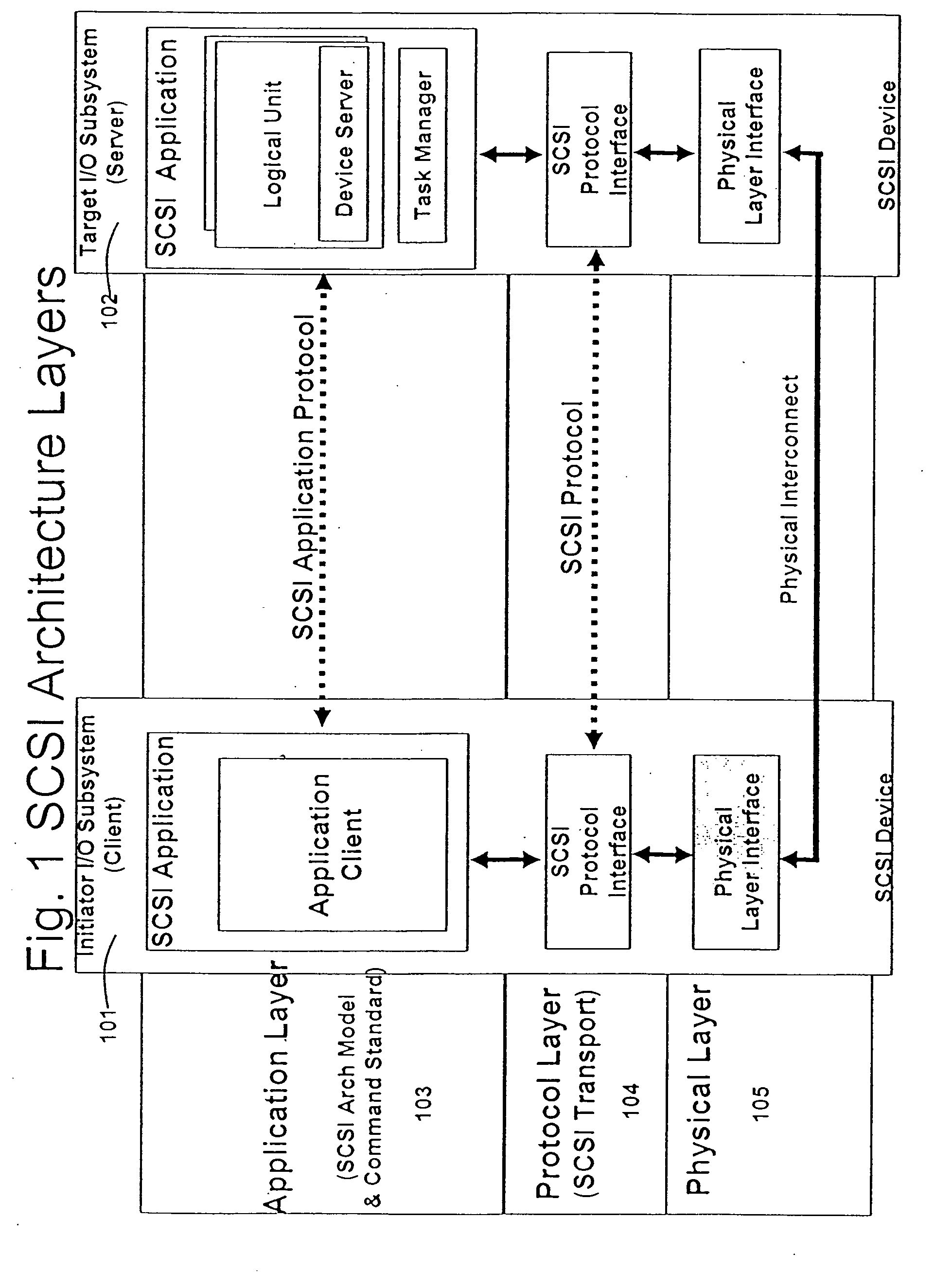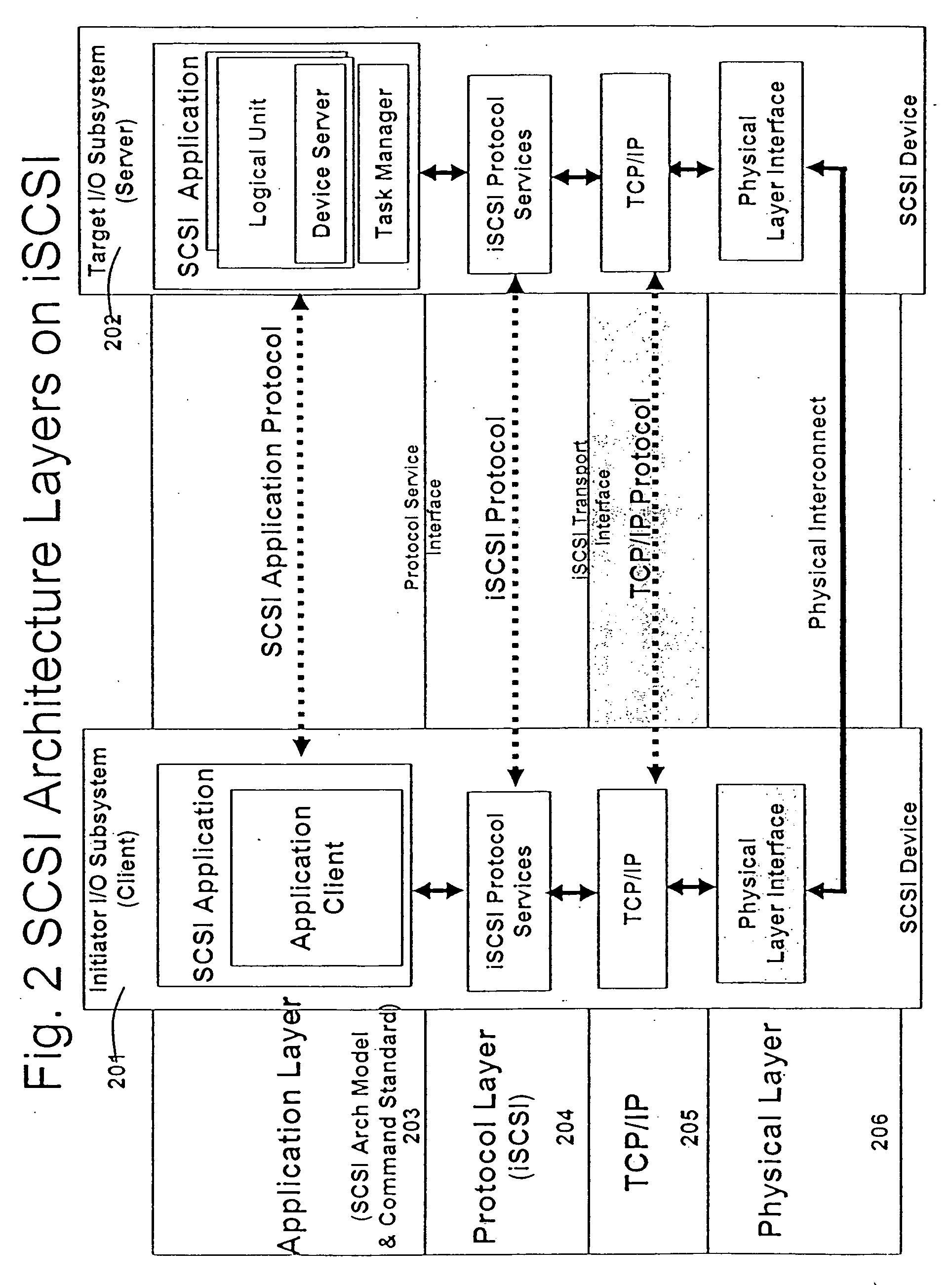Runtime adaptable search processor
a search processor and runtime adaptable technology, applied in the field of high-performance content search, network storage and security processors, can solve the problems of consuming a large amount of time for compiling and releasing any new security rules or policies, and achieve the effects of reducing the overhead of tcp/ip protocol stack processing, improving host cpu performance, and high line ra
- Summary
- Abstract
- Description
- Claims
- Application Information
AI Technical Summary
Benefits of technology
Problems solved by technology
Method used
Image
Examples
Embodiment Construction
[0183] Ability to perform content search has become a critical capability in the networked world. As the network line rates go up to 1 Gbps, 10 Gbps and higher, it is important to be able to perform deep packet inspection for many applications at line rate. Several security issues, like viruses, worms, confidential information leaks and the like, can be detected and prevented from causing damage if the network traffic can be inspected at high line rates. In general, content search rules can be represented using regular expressions. Regular expression rules can be represented and computed using FSAs. NFAs and DFAs are the two types of FSAs that are used for evaluation of regular expressions. For high line rate applications a composite DFA can be used, where each character of the input stream can be processed per cycle of memory access. However, this does have a limit on how fast the search can be performed dictated by the memory access speed. Another limiter of such approach is the a...
PUM
 Login to View More
Login to View More Abstract
Description
Claims
Application Information
 Login to View More
Login to View More - R&D
- Intellectual Property
- Life Sciences
- Materials
- Tech Scout
- Unparalleled Data Quality
- Higher Quality Content
- 60% Fewer Hallucinations
Browse by: Latest US Patents, China's latest patents, Technical Efficacy Thesaurus, Application Domain, Technology Topic, Popular Technical Reports.
© 2025 PatSnap. All rights reserved.Legal|Privacy policy|Modern Slavery Act Transparency Statement|Sitemap|About US| Contact US: help@patsnap.com



